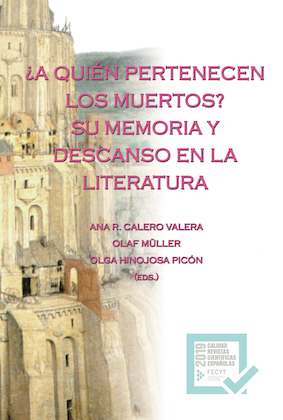Dead but not buried: Hannah Dunstan and the creation of a North-American community of memory
DOI:
https://doi.org/10.7203/qdfed.24.16329Keywords:
the dead, memory, Dustan, patriotism, North-American Abstract
Abstract
Abducted by a group of Abenaki Indians, on March 15, 1697, Hannah Dustan witnessed the murder of her baby at the hands of their captors and suffered all kinds of physical and psychological abuse. Fearing that they would suffer greater torments when arriving at the Indian camp, the woman murdered her abductors and scalped them. Considered by many as “mother of American history”, Dustan has been regarded by others as an Indian killer. The multiple versions of her experience show how female national myths and their native victims were put at the service of a political rhetoric that justified American colonization and expansionism and promoted patriotic formulas clearly based on male superiority and white supremacism that seem to have resurfaced during Donald Trump’s presidency.
 Downloads
Downloads
Downloads
Published
How to Cite
-
Abstract657
-
PDF (Español)380
Issue
Section
License
 Este obra está bajo una licencia de Creative Commons Reconocimiento-NoComercial-SinObraDerivada 4.0 Internacional.
Este obra está bajo una licencia de Creative Commons Reconocimiento-NoComercial-SinObraDerivada 4.0 Internacional.
Authors who publish with this journal agree to the following terms:
- Authors retain copyright and grant the journal right of first publication with the work simultaneously licensed under a Creative Commons Attribution License that allows others to share the work with an acknowledgement of the work's authorship and initial publication in this journal.
- Authors are able to enter into separate, additional contractual arrangements for the non-exclusive distribution of the journal's published version of the work (e.g., post it to an institutional repository or publish it in a book), with an acknowledgement of its initial publication in this journal.
- Authors are permitted and encouraged to post their work online (e.g., in institutional repositories or on their website) prior to and during the submission process, as it can lead to productive exchanges, as well as earlier and greater citation of published work (See The Effect of Open Access).



